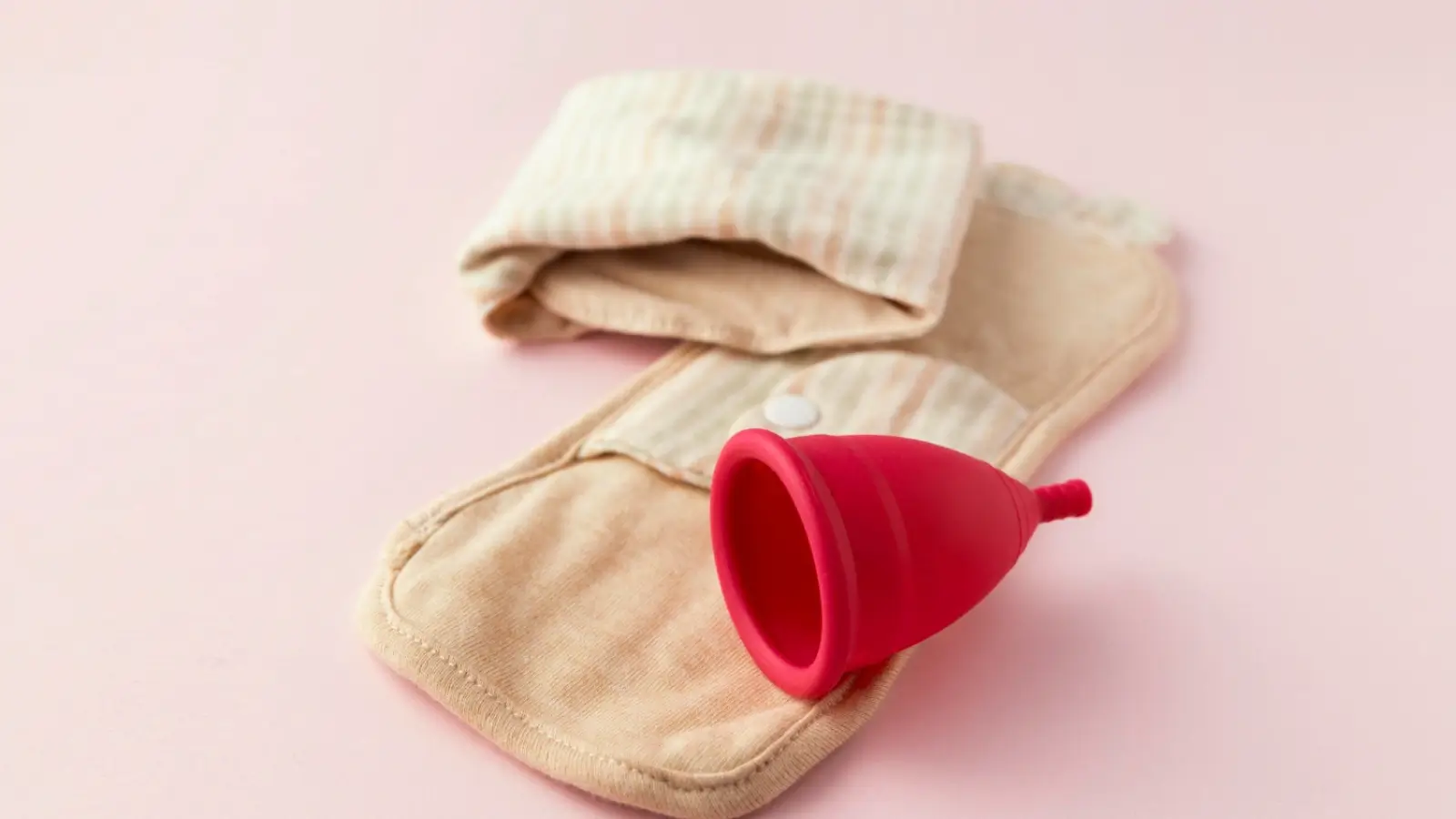


For many people seeking a better alternative to tampons and disposable pads, the menstrual cup has become an increasingly popular choice. As awareness of reusable period care grows, so does the range of products available, with updated materials and modern designs aimed at improving comfort, fit, and safety. One material in particular, thermoplastic elastomer (TPE), is gaining attention not just for its adaptability but also for its potential to lower health risks compared to traditional silicone cups.
This article explores how menstrual cups have evolved, how TPE compares with silicone, and what to consider when helping patients or clients choose the best menstrual cup for their needs.
Today’s menstrual cups are a far cry from the one-size-fits-all designs of years past. Made for internal use, the cup collects menstrual fluid and can typically be worn for long stretches, up to 12 hours, without leakage. It’s a convenient, low-maintenance solution for people with busy schedules, those who travel frequently, or anyone looking for sustainable, long-term period care.
But the best menstrual cup is highly individual. Variables such as pelvic floor tone, cervix position, menstrual flow, and even personal sensitivity can all influence which product works best. That’s why recent innovations focus not just on shape or size, but on the underlying materials used in the cup itself.
Silicone has traditionally been the standard in menstrual cup manufacturing. It’s flexible, medical-grade, and time-tested. However, newer models made with thermoplastic elastomer (TPE) may provide advantages, especially when it comes to bacterial safety and how the cup adapts to the body.
TPE is widely used in healthcare and baby products for its softness, resilience, and biocompatibility. Unlike silicone, it warms with body temperature, allowing it to conform more naturally to the vaginal canal. This results in a more personalized fit, which can improve comfort and reduce leaks.
More importantly, research suggests TPE might be safer in terms of Toxic Shock Syndrome (TSS) risk. A 2018 study published in Applied and Environmental Microbiology found that menstrual cups made from TPE showed significantly lower bacterial growth and toxin production compared to silicone-based cups Nonfoux et al., 2018. While TSS remains very rare with menstrual cup use, the potential for reduced bacterial colonization makes TPE an attractive option for safety-conscious users.
Only a few brands manufacture TPE cups. MeLuna is one example, and they often offer more customization in terms of firmness, stem type, and cup length.
One of the most common reasons people abandon their menstrual cup is poor fit. A cup that’s too long, too soft, or too firm can cause leaks or discomfort. Fortunately, many brands now offer interactive cup-fitting quizzes that help users determine the right model based on anatomical and lifestyle factors.
These tools consider things like:
Cervix height (which affects cup length)
Pelvic floor strength (which affects cup firmness)
Menstrual flow (which affects cup volume)
Previous childbirth (which may affect vaginal tone)
For users unsure of where to begin, these quizzes provide a strong starting point and reduce trial-and-error frustration.
If you haven’t tried period underwear, it might surprise you. These high-tech undies look and feel just like your regular ones, but they have built-in absorbent layers that trap moisture and lock in leaks.
Some are designed for light days, others can handle a full day’s flow. They're perfect for:
Sleeping
Working out
Pairing with a menstrual cup for backup
Managing spotting or discharge between periods
Unlike pads, period underwear is breathable, washable, and discreet. Many users say they forget they’re even wearing protection.
And for those who don’t feel comfortable with internal products, period underwear is a great standalone option.
You don’t have to choose just one method. In fact, many people find that a mix of products works best.
Use your menstrual cup during the day for maximum freedom
Switch to period underwear at night or on light days
Keep reusable cloth pads handy for extra coverage if needed
By mixing and matching, you can build a routine that fits your body and your lifestyle without relying on disposables. And once you find the right combination, your period can feel a lot less stressful and a lot more manageable.
Finding the best menstrual cup starts with understanding your body and knowing your options. Whether you’re drawn to the adaptability of TPE, want to try period underwear for comfort, or combine both for all-day protection, reusable menstrual products offer more control, comfort, and confidence than ever before.
What matters most is that your period care works for you. With a little trial and the right guidance, you’ll find the tools that make your cycle smoother, cleaner, and more sustainable.